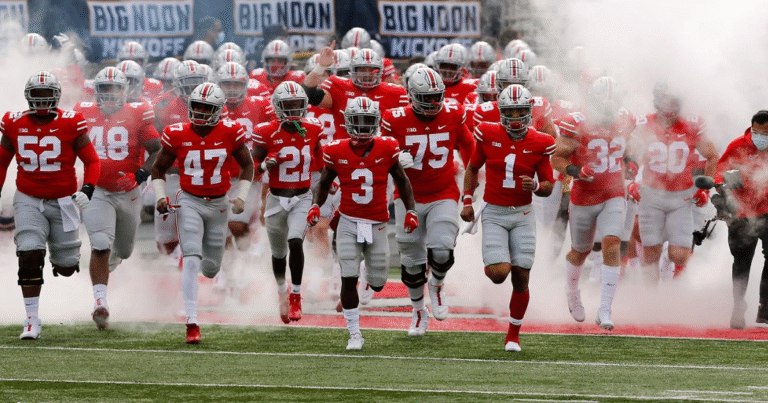How Many Players Can Be on a College Football Roster?
College football is one of the most exciting levels of the game. The speed, talent, and intensity are just a step below professional play, yet the atmosphere is unmatched. Whether you’re a player, coach, or fan, one question often comes up: How many players can be on a college football roster?
In this guide, we’ll break it down clearly, explain the differences between divisions, and give you a complete understanding of how rosters work in college football.
Understanding the College Football Roster
Before we dive into the numbers, it’s important to understand what a roster actually means in football.
- Roster: The official list of players eligible to play for a team in a given season.
- Active Roster: Players dressed and eligible to play in a game.
- Practice Squad: In college, this term isn’t as formal as in the NFL, but it refers to players who train with the team but might not dress for games.
The NCAA and Roster Limits
The NCAA (National Collegiate Athletic Association) governs college football, and roster sizes depend on the division and level of play.
NCAA Division I – Football Bowl Subdivision (FBS)
- Scholarship Limit: 85 players on scholarship.
- Total Roster Size: Can often exceed 100 players because walk-ons (non-scholarship players) are allowed.
- Game Day Limit: Only 74–75 players can travel for away games in the regular season.
NCAA Division I – Football Championship Subdivision (FCS)
- Scholarship Limit: 63 scholarships, which can be split among more players.
- Total Roster Size: Around 90–95 players.
- Game Day Limit: Usually 60 players can travel for away games.
NCAA Division II
- Scholarship Limit: 36 scholarships, which can be divided among players.
- Total Roster Size: Typically between 90–100 players.
NCAA Division III
- Scholarship Limit: No athletic scholarships, but schools still have large rosters.
- Total Roster Size: Often 75–100 players, depending on the school’s program.
Why College Football Rosters Are So Big
You might wonder why college football teams carry so many players compared to NFL teams. Here’s why:
- Development of Players
- Freshmen and redshirt players need time to grow and improve.
- Large rosters allow for future talent to develop without rushing them into games.
- Specialized Roles
- Football has offense, defense, and special teams.
- Many players specialize in one area, so more people are needed overall.
- Injuries
- College seasons can be tough, and injuries are common.
- Having a deep roster keeps the team competitive all year.
- Practice Needs
- A bigger roster ensures quality practice reps for all players.
Steps to Understanding Roster Rules for Your School
If you’re a player or parent looking into college football, here’s how you can find out the exact roster situation for a specific program:
- Check the NCAA Division
- Visit the school’s athletics website to see which division they compete in.
- Review the Team’s Official Roster
- Look for the updated list of players before the season starts.
- Understand Scholarship Availability
- If you’re aiming for a scholarship, learn how many your division allows.
- Ask the Coaches
- Coaches can tell you how many players they typically carry and how many dress for games.
Key Points to Remember
- FBS: 85 scholarships, often 100+ total players.
- FCS: 63 scholarships, around 90 total players.
- DII: 36 scholarships, rosters around 90–100.
- DIII: No scholarships, rosters 75–100.
- Game Day limits are smaller than total roster sizes.
FAQs About College Football Rosters
1. Can a college football team have more than 100 players?
Yes. Many Division I programs have over 100 players when you include walk-ons.
2. How many players can be on the field at once?
Only 11 players from each team can be on the field during play, regardless of roster size.
3. Do walk-ons count toward scholarship limits?
No. Walk-ons don’t count toward scholarship limits, but they are part of the total roster.
4. Why do only some players travel for away games?
Travel rosters are smaller due to NCAA rules and budget considerations.
5. Can a freshman make the active roster?
Yes, but it depends on the player’s skill level, position needs, and coach’s decision.
Conclusion
So, how many players can be on a college football roster?
It depends on the NCAA division and the program, but most college football rosters have between 75 and 125 players. The scholarship limits set by the NCAA create a framework, but walk-ons make the rosters even bigger.
Whether you’re a fan tracking your favorite team, a high school athlete dreaming of playing at the next level, or just curious about how college football works, understanding roster sizes gives you a deeper appreciation of the sport.
In short, college football is built on depth, development, and opportunity — and that’s why rosters are so big.







